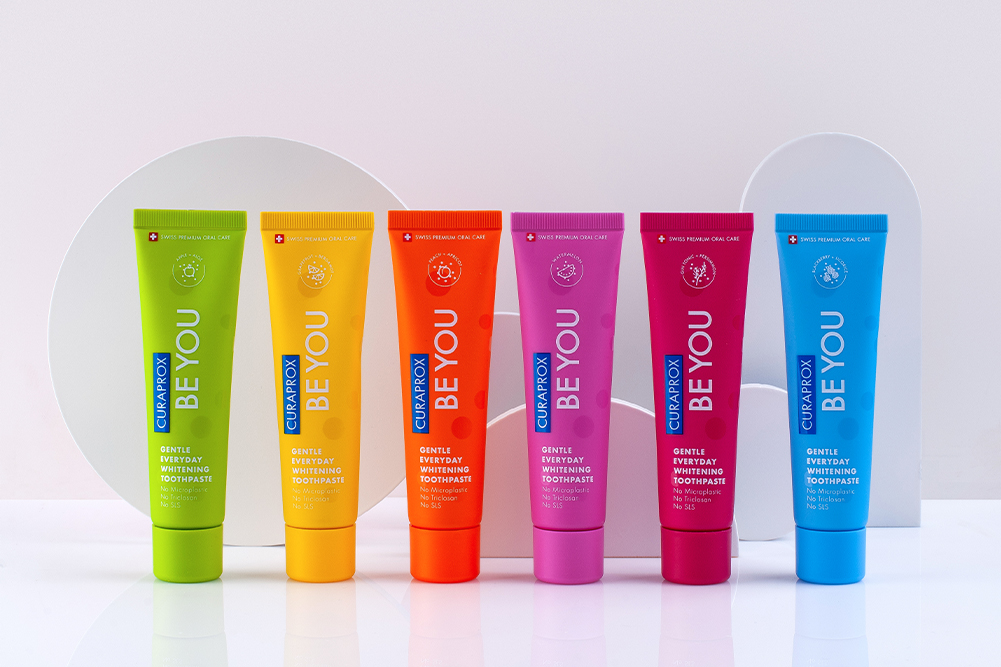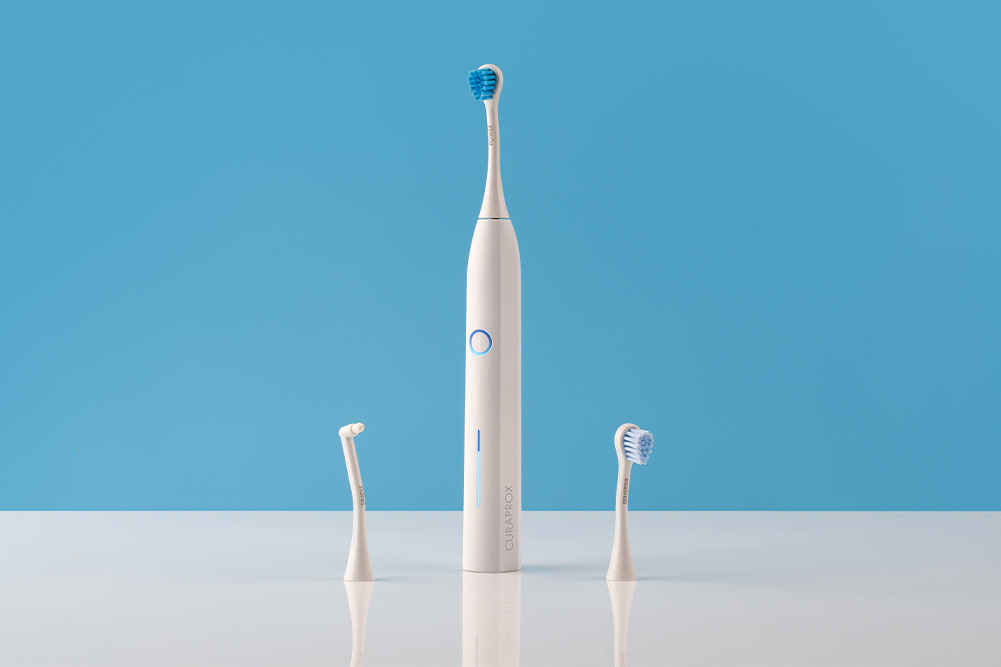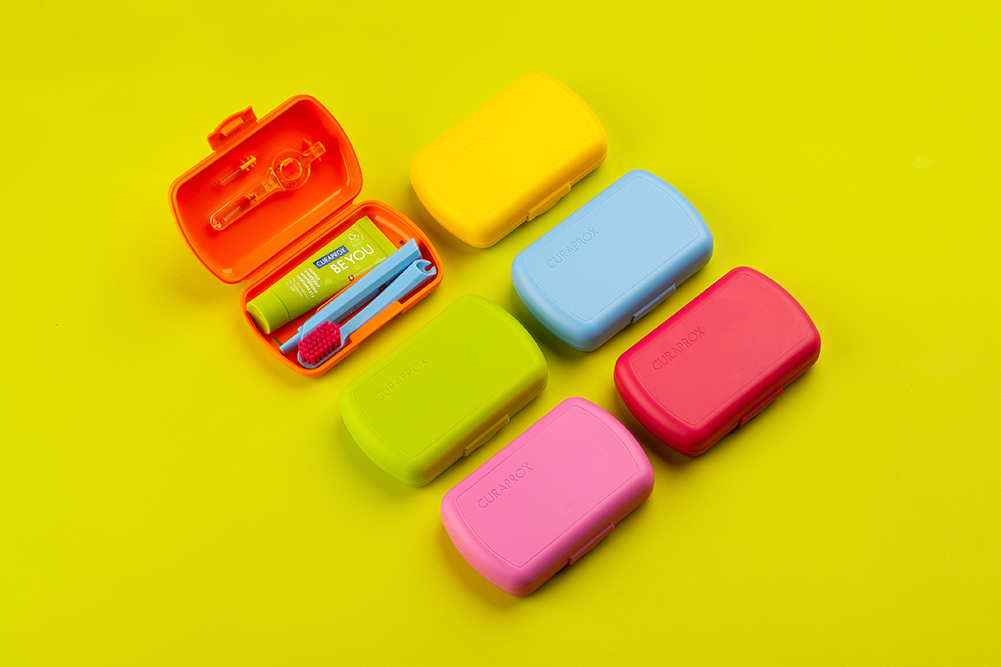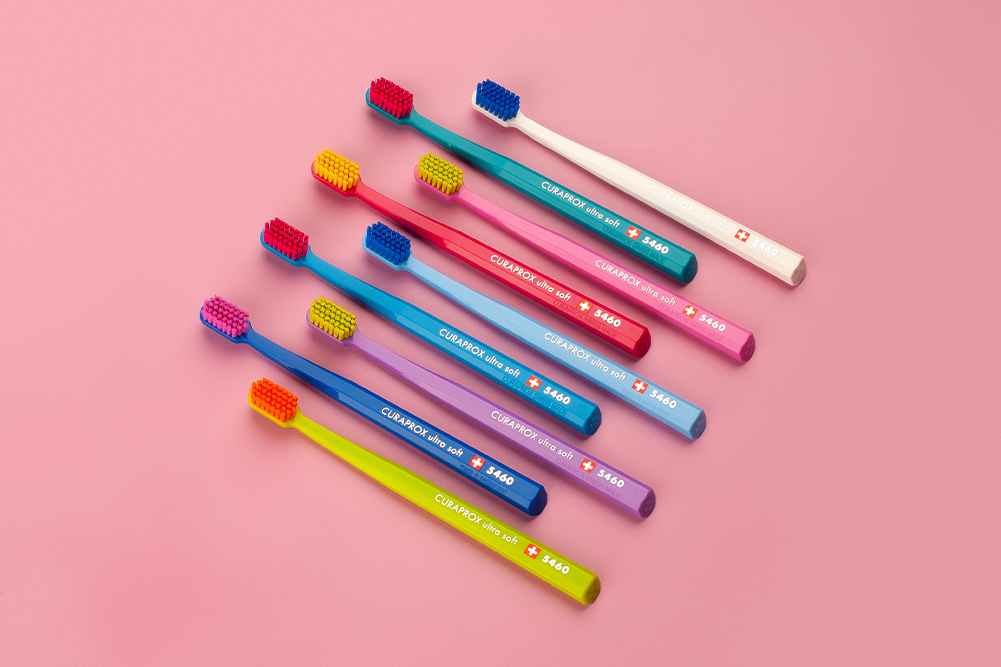Unveiling Beauty: Navigating Harmful Ingredients & Sustainability
Many beauty brands are stepping up their game when it comes to offering organic, sustainable products that are non-harmful to humans and Mother Earth. While this is encouraging, there are many cosmetics that still contain harmful ingredients along with brands using misleading information, “greenwashing”, to entice consumers to purchase their products. Research shows that there are certain ingredients still commonly used in many cosmetics that could negatively impact hormones and the endocrine system, a woman’s ability to conceive, the nervous and immune systems, topically irritate eyes and skin and even have detrimental effects on the health of a developing baby. While this may seem worrying, beauty brands need to step it up when it comes to minimising the footprint they are leaving. From excessive plastic packaging to chemical runoff that enters waterways and impacts flora and fauna, choosing sustainable brands is a must if you want to protect the planet. Learning how to decipher labels and become your own beauty detective will give you the confidence you need when purchasing beauty products, knowing that they are in support of both yours and the precious planet’s health.
6 known nasties to avoid
Often beauty products are applied daily, meaning the exposure to potentially harmful ingredients is high and cumulative. The first place to start with your detective work is knowing which ingredients are in your products and which to certainly avoid. Here are six known nasties that should be avoided.
Phthalates
Phthalates are chemicals used to make plastic more flexible and are commonly found in body wash, hair care products, nail polish, colognes, perfumes, soaps, shampoos and even in the coatings of particular medications. \
Phthalates are known endocrine disruptors, meaning they impact the way hormones are created and communicate with each other and have the ability to modulate gene expression associated with reproduction.
Epidemiologic studies have shown that a mother’s exposure to phthalates during pregnancy can impair her child’s brain development and increase their risks for learning, attention and behavioural disorders.
Triclosan
Triclosan is an antimicrobial chemical ingredient used in toothpastes, mouthwashes and hand sanitisers.
Triclosan is readily absorbed into human skin and oral mucosa and found in various human tissues and fluids. Over the last few years, the research around triclosan’s health implications has dramatically increased. Recent human epidemiology studies have linked high levels of triclosan in urine with an increased time to conceive, increased spontaneous abortion rates, increased birth defects, decreased newborn birth weight, length and head circumference, increased free radical levels (which lead to premature ageing, health implications and even cancer) and an increased risk of asthma, allergies and food sensitivities.
Toluene
Toluene is a liquid solvent present in crude oil, paint, synthetic fragrances and nail polish. Exposure to toluene can cause eye and nose irritation, tiredness, confusion, euphoria, dizziness, headache, dilated pupils, tears, anxiety, muscle fatigue, insomnia, nerve damage, inflammation of the skin and liver and kidney damage.
Parabens
Parabens are found in many cosmetic skin products, hair products, fragrances and sanitary products. Scientific studies suggest that parabens can disrupt hormones in the body and harm fertility and reproductive organs, affect birth outcomes and increase the risk of cancer. Parabens are also associated with skin irritation.
Fragrances
While not all fragrances are harmful it is important to be wary of the words “fragrance”, “perfume”, “parfum” and “aroma” as these umbrella terms can be written off as “trade secrets” and legally the company does not have to disclose the scent ingredients. This can mean fragrances could be synthetically derived and potentially harmful.
Numbers
If you see numbers in the list of ingredients, put your detective hat on as these are often synthetically derived. If you are unsure, reach out to the company and ask them what the number is referring to.
Protecting the planet
The health of our planet results in the health of all its inhabitants, so the next step in your detective work is to figure out if your cosmetics are consciously created. Zero Waste reports that more than 120 billion units of plastic packaging from the cosmetic industry are produced each year and more than 10 million units of plastic end up in the oceans, damaging flora and fauna, polluting lands and the environment and risking the health of all humans.
Not only is packaging impactful but the chemicals used in the products are washed into waterways and the land and exposed to wildlife, adding further detrimental impact on the environment.
True sustainability involves properly sourcing raw ingredients, energy consumption, waste management and carbon footprint of the entire production chain, from manufacturing to packaging, to distribution and biodegradability, ensuring human and environmental nontoxicity and company social responsibility in terms of inclusion, fairness and equal opportunities. There are many aspects to consider, and encouragingly many companies are progressively growing towards being greener and more sustainable.
Choose green
Organic and true natural beauty brands often have superior formulas due to containing high concentrations of quality ingredients, while low-priced cosmetics often rely on cheap fillers, by-products and potentially harmful chemicals to fill up the bottle. Due to the higher concentration of active ingredients, often a little goes a long way, making it a far better investment than a cheap product that contains mostly filler ingredients. And when you think of the long game, avoiding harmful chemicals will ensure your hard-earned money is spent on things you love, rather than health conditions.
How to decipher labels
Not all beauty products are what they say they are, so don’t be fooled by beautiful packaging and alluring labels. Many beauty companies use “greenwashing” to entice a consumer to purchase. Greenwashing is a form of misleading advertising to encourage conscious “green” consumers into purchasing products. Companies may use misleading words such as natural, organic, environmentally conscious, sustainable or biodegradable but fail to meet these promises.
Legally, companies are allowed to use wording such as organic and natural when only a trace amount of organic ingredients is used, while the rest of the product could contain nonorganic fillers and harmful ingredients. Therefore, learning to be a beauty detective is so important.
Understand the ingredient list
The format in which cosmetic product ingredients are listed is called “INCI,” which stands for the International Nomenclature of Cosmetic Ingredients. Cosmetics contain active and inactive ingredients, and these will be listed in descending order, starting with the ingredient with the highest concentration in the product. Looking at the first ingredient will give you insight into what the product is largely made of, meaning if you see “aqua” as the first ingredient you are primarily paying for water. It is important to note that active ingredients aren’t always at the top of the list — this is because often they are safer and more effective in smaller concentrations. Be discerning.
A quick way to get clear on what your product is primarily made up of is to split the ingredient list into thirds. The first third of the ingredient list makes up roughly 80–95 per cent of the bottle, the second third is roughly 4–12 per cent of the bottle and the final third roughly equates to 1–4 per cent of the bottle.
You may have heard the phrase, “If you can’t pronounce it, don’t put it on your skin”? In theory, this is good advice; however, herbs and plants are referred to by their Latin names on cosmetics and at times these botanical words can be tricky to pronounce. You now know the six nasty ingredients to be wary of, but if you are unsure of any other ingredients, you can use the Environmental Working Group’s database at egw.org and find out if it is safe or not.
Understand true organic certification
This is where your detective skills come into play with misleading wording and greenwashing. Knowing the organic certifiers in your country and their labels can help you decipher true organic versus deceptive labelling.
Certified organic means that there are above 95 per cent organic ingredients in the product. If the product says “uses certified organic ingredients” it contains above 75 per cent but below 95 per cent organic ingredients.
It is a very expensive, time-consuming and rigorous process for companies to get organic certification. Therefore it is worth investing in the companies who have done the hard work to ensure the health of consumers and our planet.
Symbols
Cosmetic symbols can also be misleading. Displaying a cruelty-free, vegan or hypoallergenic symbol does not always mean the product truly is what it says. Learning the values and ethos behind the brands you use can give you clarity into their integrity.
Now that you are a beauty detective, unzip your toiletry bag and start deciphering all the labels on your products. If they contain any nasties, it is time to make the switch to an organic, sustainable brand, or perhaps you could try your hand at making your own DIY products, starting with the deodorant and perfume recipes below.
Ema Taylor is a naturopath, clinical nutritionist and certified fertility awareness educator. For more, visit emataylor.com or
@emataylornaturopathy on Instagram.








